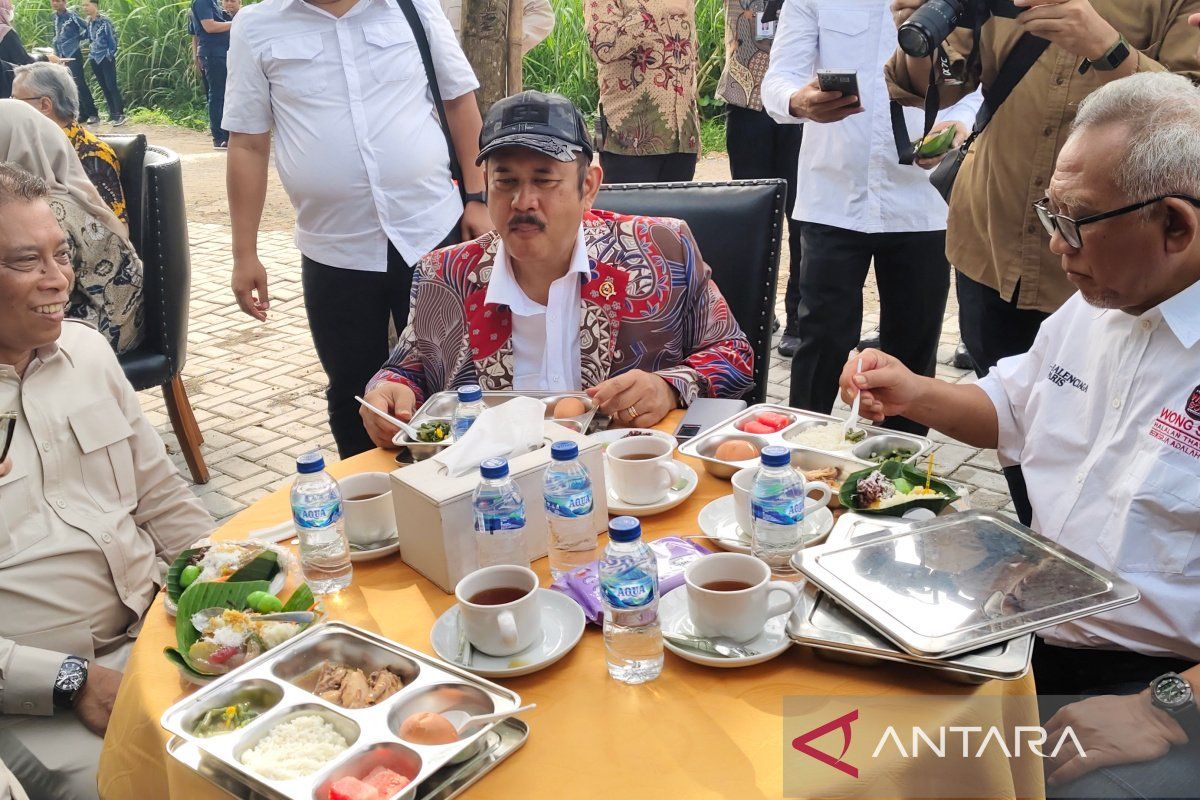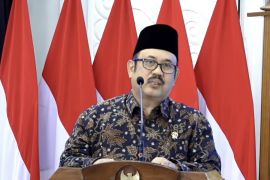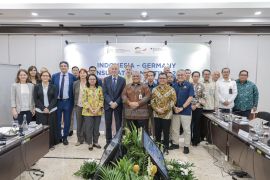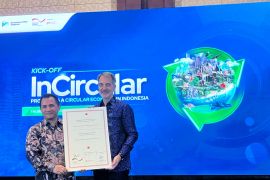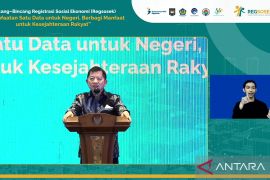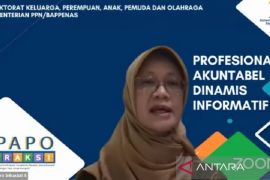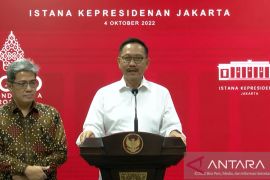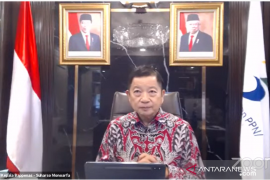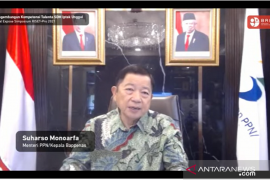The minister emphasized that meal packages should be customized based on the primary crops cultivated in each region, identifying sago, corn, and sweet potatoes as viable alternatives to rice.
"Such an approach will surely help us with food diversification, which, in turn, will likely lower our consumption of rice," he remarked while reviewing the meals program's implementation at the Gagaksipat Nutrition Fulfillment Service Unit (SPPG) in Boyolali, Central Java, on Wednesday.
Shifting attention to animal protein, Pambudy underlined that the government seeks to prioritize milk inclusion in meal packages in regions with easy access to dairy farms, while areas lacking such facilities could substitute eggs as an alternative protein source.
"It is vital that we pay close attention to nutritional adequacy while utilizing local potential because Mr. President envisions the nutritious meals program as a means to meet the needs of all parties involved, including schoolchildren, distributors, and producers," he highlighted.
The minister also praised the Gagaksipat SPPG for operating two kitchens, which can produce 12.000 free nutritious meals daily.
"We have inspected the nutritional composition of the meals provided, including carbohydrates, proteins, and minerals. Nutritional experts will check the composition as well, but based on our initial assessment, all nutritional requirements have been met," he remarked.
SPPG representative Puspo Wardoyo noted that his side is collaborating with farmers to acquire the requisite food ingredients and materials.
"We empower local residents as workers and suppliers in the hopes of boosting the employment rate and the economy," he stated.
Related news: Food diversification for national food security
Related news: Promote Indonesia's food diversity with free lunch program: minister
Translator: Aris W, Tegar Nurfitra
Editor: Primayanti
Copyright © ANTARA 2025
